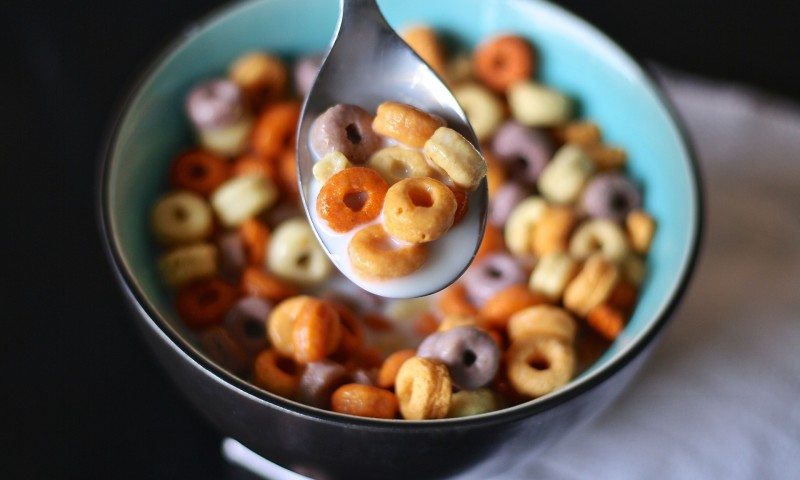Do you cook mostly fresh foods, or do you tend to rely on convenience foods like cereal, protein bars, shakes, frozen meals, etc.?
While processing food in and of itself is not always unhealthy, heavily processed foods can be sources of numerous empty calories and additives such as:
- Preservatives
- Sugar
- Sodium
- and fat.
When reflecting on what you eat in a given week, what percentage of the time are you preparing your own meals and snacks? How frequently do you read the ingredients list on the package in the grocery store before adding processed foods to your shopping cart?
Identifying Types of Processed Foods
The term “processed food” refers to any food that has been changed intentionally in some way prior to consumption. It includes foods that have been cooked, canned, frozen, packaged or changed in nutritional composition with fortifying, preserving or preparing in different ways.
Minimally processed foods such as pre-washed salad or bagged pre-prepped veggies are a quick and convenient healthy option. Canned tomatoes or tuna fish are processed at their peak to lock in quality and freshness and are also healthy choices. However, heavily processed foods such as brownie mixes, deli meat and crackers are not recognized as food in its original form, and are those that are not naturally occurring.
What to Consider with Processed Foods
When choosing processed food, it should be done in moderation. Consumers need to be on the lookout for refined sugar, sodium and fat. Compare food labels to choose products with the most protein and fiber and the least amount of fat and sugars. The grams of total carbohydrates on the Nutrition Facts label include naturally occurring sugars which may be significant in foods such as yogurt or fruit.
Beginning in July, added sugars will be deciphered on the label as well. There are often added sugars found in canned tomatoes, jarred pasta sauce and salad dressings. If sugar is listed in the first three ingredients, consider an alternative or making it yourself. Simply adding a healthy oil (one with mostly monounsaturated fat such as olive oil) and your favorite vinegar is an excellent way to dress a salad.
Not only can added salt in canned foods (such as vegetables and soups) quickly add up to well over the 2300 milligram limit set by the Dietary Guidelines for Americans, eating out contributes to sodium overload for those who dine out frequently. When preparing fresh foods, consider replacing added salt with fresh, dried herbs and salt-free seasonings. In place of seasoning packets, make your own in order to avoid unnecessary salt and additives such as msg (monosodium glutamate), which is an example of a flavor enhancer that can lead to reactions for sensitive individuals. There can be dozens of chemicals found in foods that may trigger unwanted side effects and health concerns.
Because these hidden sugars, fats and salt are found in many processed foods, our appetites tend to gravitate towards them because they taste good and are rewarding to the brain. There is evidence that the reward value of foods can bypass the innate defense mechanism that causes us to eat much more than required, thus leading to weight gain.
Conclusion
Rather than choosing foods with a long shelf life and spending your grocery budget on packaged items that can negatively affect your health, make it your goal this year to choose more naturally occurring foods. This includes vegetables, fruit, nuts, sustainable seafood, lean meats and organic dairy products with no sugars added. You will likely feel a big difference and reduce your risk for chronic diseases in the long-run!
About the Author:
Pam Helmlinger, RD, LDN, CDE, is a registered dietitian and licensed dietitian specializing in bariatrics. She received her Bachelor’s degree in Dietetics from Harding University in 2001 and her experience includes ten years at Tristar Centennial’s Center for Weight Management. She holds a certificate of training in adult weight management from the Academy of Nutrition and Dietetics and became a Certified Diabetes Educator in 2012. She has a passion for helping patients throughout their weight-loss journey from medical weight-loss to preparing for surgery and maintaining weight-loss for the long-term.






